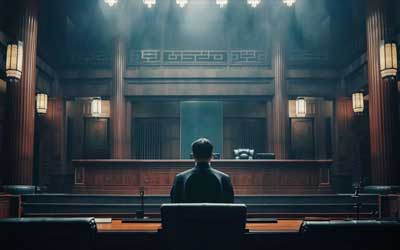The government argued that if the court made a mistake in responding to a jury question, it should be considered in the context of “the instructions as a “whole.” (United States v. Khalil, 279 F.3d 358, 367 (6th Cir. 2002)). This acknowledges the error in the court’s affirmation that a “purchase” occurred during the “statute of limitations” because instructions “as a whole” are needed to correct the error. However, the instructions “as a whole” had many errors, weakening the argument and supporting Hosseinipour.

Victim Investors
The instructions referred to distributors as “victim investors” and their product purchases as “securities,” assuming a crime occurred. The government argues that the wording of the jury question implied that the jury had already concluded that a “securities” purchase occurred. This is because written and oral instructions presented it as such. To make matters worse, the list of “victim investor’s securities purchases” was based on hearsay, consisting of non-testifying witnesses outside the statute of limitations.
“For Count 13,…the Government must prove…that a conspiracy member committed an overt act to advance or help the conspiracy to commit securities fraud with respect to the sale of the following securities.” 298 R.554, #5263. 299 R.554, #5263-64.
Moreover, the jury was not provided with guard rails to weigh the evidence in favor of innocence; instead, they were instructed to convict.

